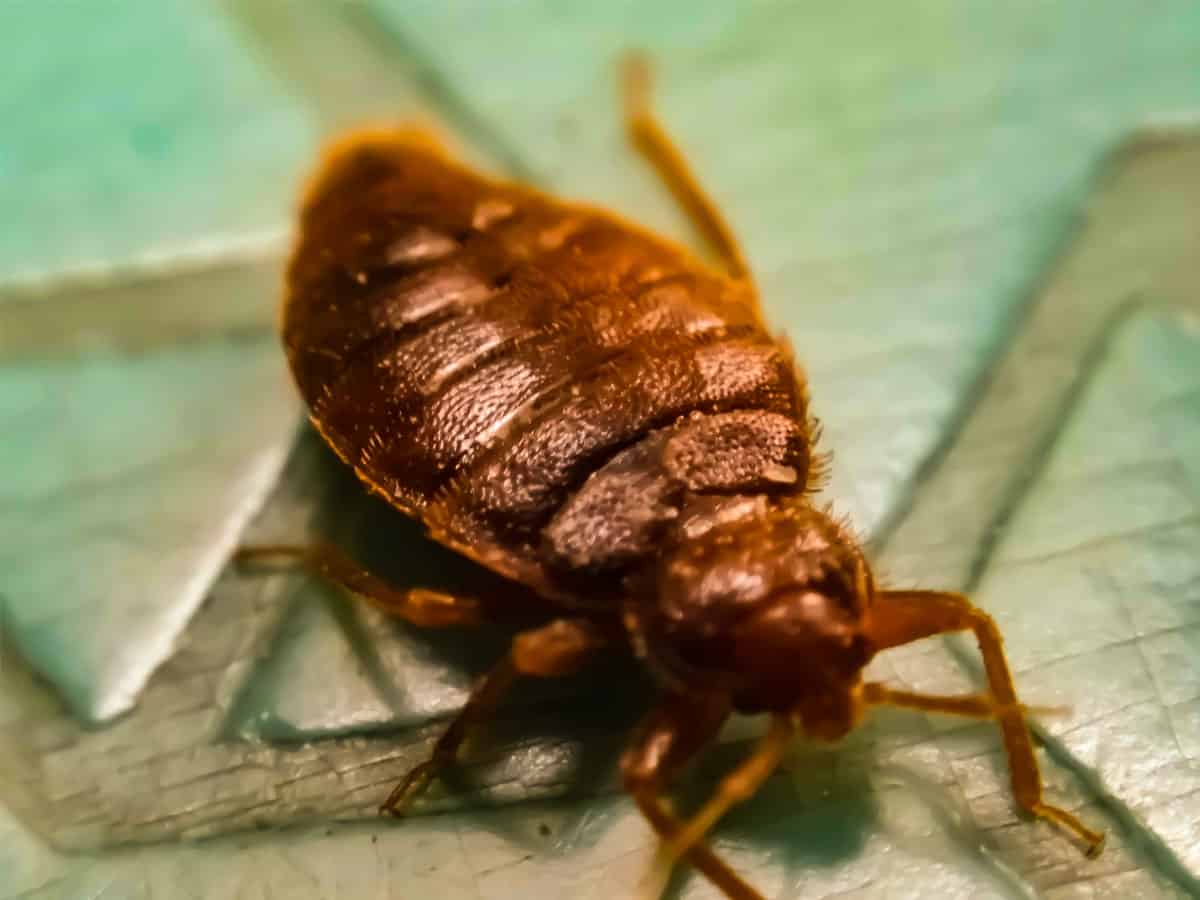Bed Bug Treatment: Specialist Insights and Practical Recommendations
Bed Bug Treatment: Specialist Insights and Practical Recommendations
Blog Article
Discover the very best Bed Bug Therapy Approaches for Your Insect Control Strategy
When faced with a bed insect problem, identifying the most efficient therapy methods becomes important for effective parasite control. Picking the best bed bug treatment approach customized to your specific situation is important for achieving enduring results.
Identifying Bed Insect Problems
Identifying signs of a bed bug problem can be important in effectively attending to the problem and avoiding additional spread in a prompt manner (Bed bug treatment). Bed pests are evasive parasites that conceal throughout the day and come out during the night to feed upon blood. Common indicators of a bed insect infestation include reddish-brown discolorations on bed linen or furniture from crushed pests, small dark places that are bed pest excrement, dropped skins in areas where bed bugs hide, and a sweet, musty odor in extreme infestations
Trigger identification of a bed pest infestation is critical to avoid the scenario from rising and needing a lot more extensive treatment techniques. If you believe a bed bug invasion, it is suggested to look for professional insect control assistance to effectively remove the parasites from your home.
Non-Chemical Therapy Approaches
Non-chemical treatment techniques offer effective options for addressing bed pest invasions without relying on traditional chemicals. Heat treatment is one such approach that involves elevating the temperature in plagued areas to levels that are deadly to bed pests. Furthermore, vapor treatment can be employed to kill bed pests and their eggs by exposing them to high temperature levels, making it an important non-chemical option for combating problems.
Chemical Therapy Options
Having discovered effective non-chemical approaches for attending to bed pest infestations, it is vital to think about the efficiency of chemical treatment choices in combating these resistant pests. Chemical treatments play an essential role in bed insect control, particularly in extreme infestations where non-chemical techniques might not offer adequate alleviation. There are various kinds of chemical treatments offered for dealing with bed bugs, including insecticides, desiccants, and insect growth regulatory authorities.
Pesticides are frequently utilized to eliminate bed bugs on get in touch with and offer recurring security versus future invasions (Bed bug treatment). Desiccants function by damaging the external waxy layer of bed insects, leading to dehydration and death. Insect growth regulators interrupt the bed insect life cycle by preventing their growth from fairies to grownups, ultimately lowering the population over time
When taking into consideration chemical treatment options, it is essential to prioritize safety by adhering to tag instructions, utilizing ideal safety gear, and thinking about the prospective risks to pet dogs and humans. Consulting with a specialist parasite control service can assist establish one of the most risk-free and reliable chemical therapy for your specific bed insect problem.
Integrated Bug Monitoring Approaches

IPM methods for bed pest control might include detailed examination to identify the degree of infestation, identification of key harborage sites, and implementation of cleanliness procedures. In addition, minimizing mess, sealing holes and cracks, and removing prospective concealing areas can assist prevent bed bugs from establishing themselves.
Moreover, non-chemical control approaches such as heat therapy, vacuuming, vapor cleaning, and using bed insect catches can be efficient components of an IPM strategy. These methods target bed pests at numerous life phases and interrupt their reproductive cycle, leading to populace reduction.
Regular tracking and follow-up inspections are crucial in IPM to assess the performance of control steps and make essential adjustments. By including integrated bug administration strategies into your parasite control plan, you can accomplish lasting success in managing bed pest invasions.
Expert Elimination Providers
Professional extermination solutions offer customized experience and resources for effectively eliminating bed pest invasions. check out this site Bed pest problems can be particularly testing to tackle because of their durability and capacity to hide in various splits and holes. Professional pest control operators are trained to recognize the signs of bed pests, situate their hiding places, and employ targeted treatment techniques to remove them effectively.
When choosing a professional extermination service for bed bug control, it is necessary to look for certified and accredited pest control companies with experience in dealing particularly with bed insects. These professionals have access to a series of treatment choices, consisting of chemical and non-chemical techniques, to properly fight bed bug infestations while guaranteeing the safety of pets and passengers.
In addition, specialist pest control experts can give follow-up assessments and treatments as needed to guarantee that the invasion is completely removed. Their proficiency in bed pest actions and treatment protocols can aid prevent future invasions, giving satisfaction for house owners and organizations alike. When faced with a persistent bed insect problem, i loved this getting the services of specialist pest control men is frequently one of the most reputable remedy to achieve full obliteration.
Final Thought

When encountered with a bed pest invasion, recognizing the most reliable published here treatment methods becomes critical for successful pest control. Typical signs of a bed pest infestation include reddish-brown discolorations on bedding or furnishings from smashed pests, little dark spots that are bed pest waste matter, lost skins in locations where bed insects conceal, and a pleasant, mildewy odor in extreme problems.
Having explored reliable non-chemical methods for resolving bed bug problems, it is important to take into consideration the efficiency of chemical therapy choices in combating these durable parasites. Chemical therapies play an essential duty in bed bug control, particularly in serious infestations where non-chemical approaches may not give adequate alleviation. By incorporating these various treatment methods right into an extensive bug control plan, individuals can properly take care of and remove bed bug infestations in their companies or homes.
Report this page